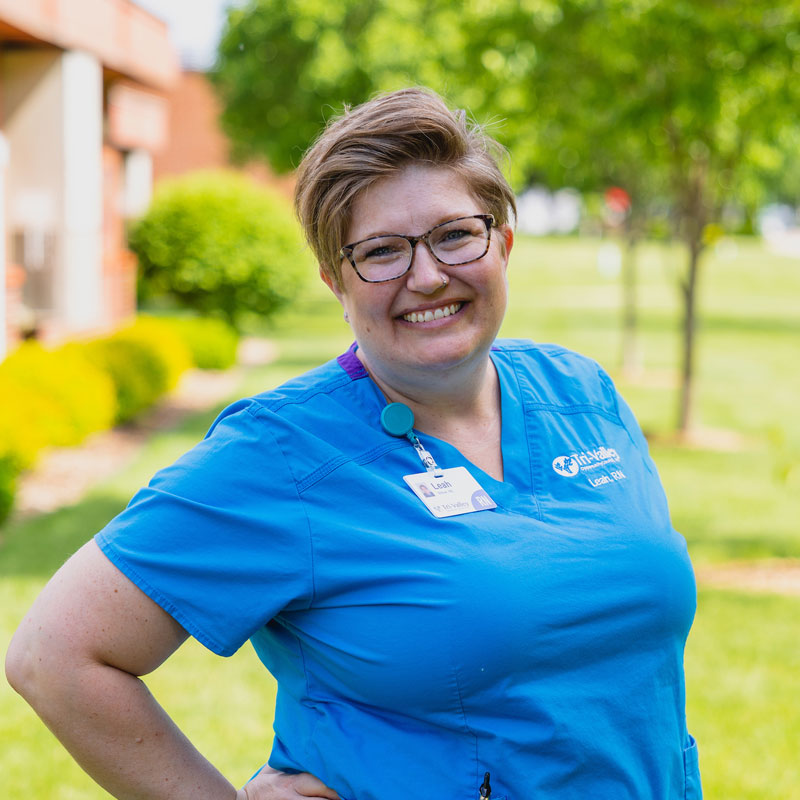June, 2003 - SMAC in the News
Marketing at SMSU: Southwest Marketing Advisory Center aids college students in popular field
Larry P. Magrath
What started last summer as a way for marketing students to gain some practical experience has grown into a campus-based business.
The Southwest Marketing Advisory Center employs marketing and business students on a part-time basis to complete marketing studies for a variety of clients in the region. The center is on the campus of Southwest Minnesota State University.
Marketing Professor Michael Rich serves as the executive director.
“This is a viable program that helps the students understand the interaction processes that are necessary in order to prepare themselves to work in the industry,“ Rich said last month at a New Work Faculty Forum. “Marketing is a discipline that is alive and well in the marketplace today.“
In its recent annual report, the center showed a profit of $4,506 after total operating expenses of $52,764.
It is largely run in the hallway outside Rich's second floor Charter Hall office due to campus space constraints.
In addition to giving students experience in real-world marketing, the center helps create a marketing talent pool for the region, Rich said. The center operates year-round and currently has 15 employees working on 14 projects, Rich said. The center conducts marketing work for private parties as well as with clients of the Small Business Development Center.
The managing director for the center is Amanda Dahlhoff, who graduated last year from SMSU. She is the only full-time employee of the center.
“We're working with a very fluid crew of people, students working on a part-time basis, but we are completing what are very real, very hands on, very workable solutions to marketing situations,“ Dahlhoff said. “We have completed a variety of projects and are working on a very diverse variety of projects.“
The first project involved the Agricultural Utilization Research Institute that is assisting the Six Point Berkshire Cooperative of Cottonwood. The project involved evaluating the domestic market potential for the specialty breed and identifying the most appealing target markets and promotional vehicles to create awareness, Rich said.
The list of clients has expanded rapidly since last summer by word of mouth, Rich said. Other projects have been conducted for SMSU admissions, Marshall Industrial Development and the Lyon County chapter of the American Red Cross.
Rich said he was not surprised by the demand for the center's work once it got started.
“One of the things that I noticed when I got to southwest Minnesota was what I like to refer to as the Field of Dreams mentality - build it and they will come,“ Rich said. “What we're finding is people that are starting to understand that you have to study the marketplace before you know whether you have a viable business or not.“
Market research in rural areas is sometimes ignored before a business opens its doors, Rich said. A farmer growing a crop makes an assumption that there's a market for the corn or soybeans.
“They just expect that there will always be a market there for it,“ Rich said. “Now, when you start producing a product or you start producing a product or you start producing a service, if that mindset follows through you assume that if you open your doors for business it will be like the Field of Dreams, a steady stream of headlights will come toward the ball diamond. That's fallacious.“
“The type of work that the students do is basic marketing research,“ Rich added. “There's nothing real sophisticated about it. You just have to understand all the component parts that make up the total picture.“
The SMSU admissions study was aimed at fine tuning the university's recruiting activities. The findings were outlined during the New Work Faculty Forum.
“We picked one semester which was the fall of 2002 to analyze those students who had actually enrolled in the university,“ Rich said.
“The key question that the admissions folks had was what makes an applicant enroll,“ Rich said. “We should be able then to track and recruit students in our future knowing those recruiting activities that are effective in that process.“
The factors considered were grade-point average, ACT scores, the time span between first contact and actual enrollment date, the form of initial contact and the geographic location of first contact.
“Obviously, if we make more contacts and it seems to be a powerful force, then admissions would try to find a way to make more contacts within that process,“ Rich said.
Of the 1,307 students accepted for the fall of 2002, 57 percent enrolled, Rich said. Of those 745 students, 67 percent were freshmen and the rest were transfer students.
“Sixty-seven percent of the enrolled students were freshman, so considerable effort should continue to be exerted in trying to bring freshmen to the campus,“ Rich said.
For further information, call 507-537-7102 or e-mail: michael.rich@smsu.edu
Last Modified: 11/30/22 10:52 AM | Website Feedback


